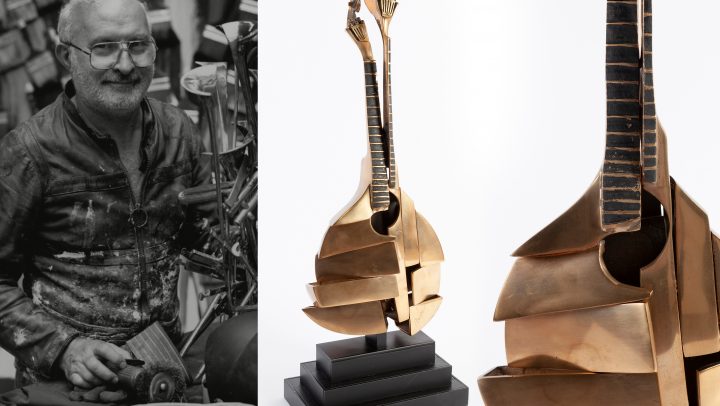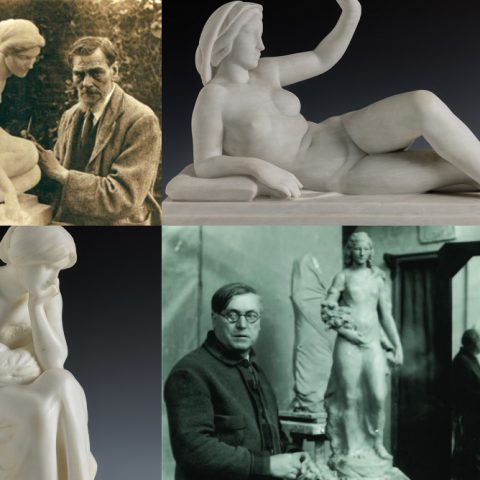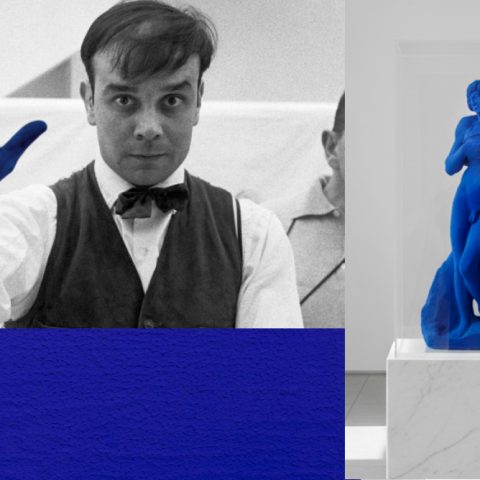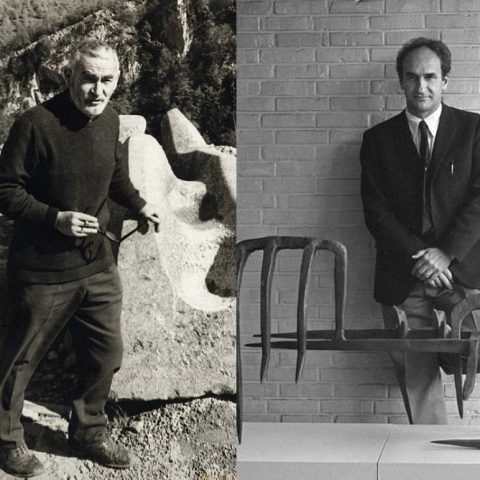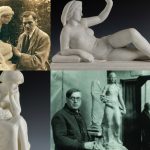In bronzes such as “Guitare portuguese”, Arman captured the result of his research into the decomposition and fragmentation of the object by means of cuts from which a new perspective of reality emerges.
The prominent role of Arman’s work in the latest artistic avant-gardes is undeniable thanks to his contributions regarding the reformulation of the link between the object and its artistic representation, which is still today a matter of debate and a vital aspect in plastic experimentation.
The fifties and sixties of the last century were as fruitful and eclectic artistically speaking as were its first decades thanks, in part, to the inexhaustible spirit of reinvention of many artists who, like our protagonist, wanted to overcome and reinterpret the concepts established by movements such as Cubism, Dadaism, Surrealism or Futurism.
In this sense, the work of Armand Pierre Fernandez is the living reflection of the need to find a new form of artistic expression that would stand as a symbol of the malaise generated by industrial expansion and consumer society. In fact, it was in the sixties when, with the experimentations carried out by artists such as Klein, Christo and Arman himself, the prestigious art critic Pierre Restany had a clairvoyant intuition of the new perception of reality that was emerging in art. As a result, in 1960 Restany wrote the First Manifesto of New Realism, which defined a renaissance of artistic language that, in opposition to informal art, was proclaimed as the French equivalent of pop art. Together with his colleagues, Arman materialized the will to build new approaches to reality through a representation of the world that directly and literally incorporated the objects that inhabited it. In this aspect, the Dadaist ready-mades were the direct referent of the new realists who, like their predecessors, elevated the everyday object to the category of work of art.
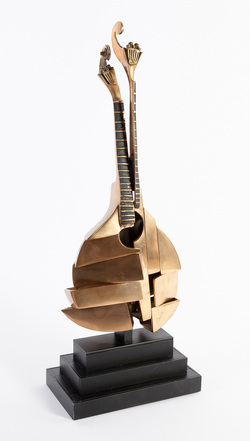
In Arman’s case, the choice of objects that will give light to his work will have a clear intentionality that seeks to critically reflect the reality of the consumerist society. However, together with industrial or waste materials, it will also be common to find other types of elements that, like musical instruments, reveal the true poetics of the object. In fact, thanks to the love for music that his parents instilled in him since childhood, musical instruments and especially stringed instruments, will be a fundamental tool in the evolution of the different SERIES that according to the procedure, material and concept used, he classified in Accumulations, “Poubelle” Encapsulations, “Poubelle” Encapsulations, “Poubelle” Encapsulations and “Poubelle” Encapsulations., “Coupes” and “Colères”.
An example of this is the sculpture “Guitarre portuguese”, where the representation of the musical instrument is based on the concept he developed in his “cortes” series. Through a process of destruction of the object under which he structured his work, Arman gives way to a recomposition of the resulting fragments, from which emerges a new perspective of reality that, as in this case, he will transfer to bronze. Disarticulating the parts by means of frontal and transversal cuts, the French artist introduces the concept of emptiness as a sculptural material that, in opposition to the solid and closed character traditionally associated with this practice, marked the evolution of modern sculpture.
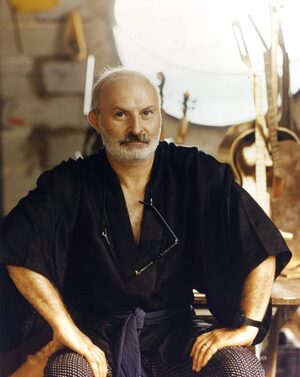
The will of destruction intrinsic to his work responds to the need to show the object after submitting it to a dynamic action where, either by means of cuts, combustions or explosions, the fragmented is revealed to us as a unitary whole that preserves its identity or original significance. Therefore, and unlike Dadaist and Surrealist procedures, Arman’s objects will maintain, despite their mutilation, an absolute sense of the real in accordance with the postulates of the new realism.
As in some of Arman’s most emblematic works, our bronze explicitly and intentionally shows the substratum of the cubist and futurist imprint, trying to express the same spirit of formal renovation that defined its predecessors. On the one hand, the fragmented and recomposed vision of the object, as well as the recurrent use of stringed instruments, refer us to the conception of reality proposed by the cubists, while the dynamic composition with which it suggests movement leads us to the idea of temporality typical of futurism. This is expressed as it happens in our work, both in the deconstruction of the object and in the way of situating each of the fragments in different spatial planes.
To understand the true meaning of these actions it is necessary to put the work in context, whose background contains a sociological reading where the appearance of objects is the result of the accelerated pace imposed by a consumer society capable of producing as quickly as it discards and destroys. In short, Arman’s cuts, burns, accumulations and destructions are manifested in his work as a testimony of the shortcomings and shamelessness of the culture of his time.

